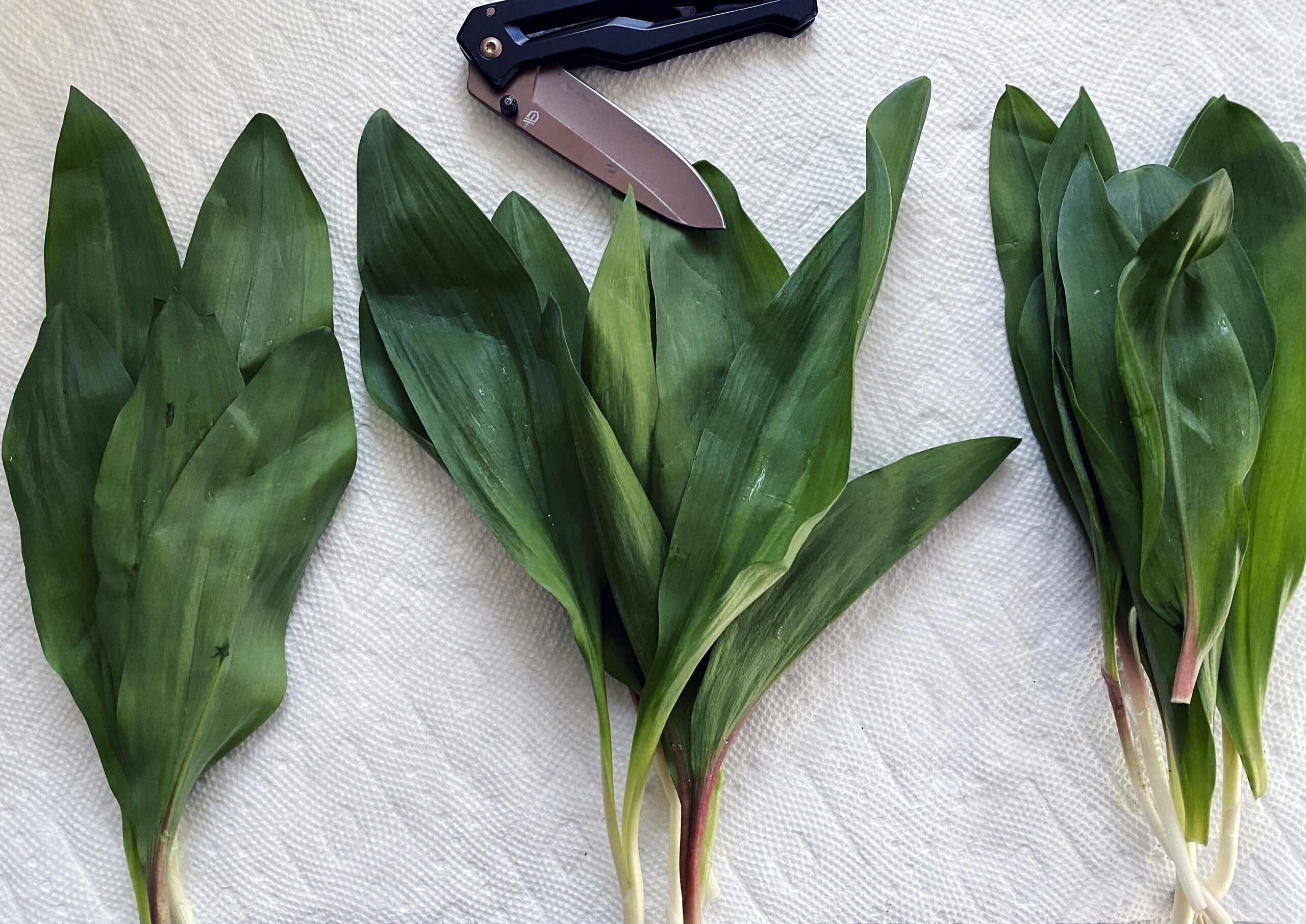It’s no secret that foraging for ramps and a variety of woodland fungi has started to become more popular over the last few years. I ask myself frequently when it will become less trendy and the woods will be more open once again.
I discovered foraging my sophomore year of college when I had some extra time on my hands and had begun to get into hunting more. While my main focus was on everything whitetail deer, I began to stumble upon ramps in the Mon National Forest when I would go shed hunting. The pungent wild leek stole my heart that Spring, but, unfortunately, I took off the next few years from foraging because of work and school commitments.
Whether by coincidence or fate, my foraging picked back up when my deer hunting resumed. This was around the same time I began considering chasing gobblers, too.
Then, last year, I experienced morel mushrooms for the first time. My parents had been picking them for a few years at that point, but I’m not a huge fungi fan, so I never cared to get them myself. I bit the bullet, though, and it reminded me of my first ramp experience: I was hooked. Now, as I’ve gotten more into trout fishing, these three can typically be plucked in the same areas of both the backcountry and front-country and, if you’re lucky to hit the trifecta, you’ve got a delicious meal on your hands.
But here’s the thing, I – and I’d wager many others – want ramps and morels to be a sustainable resource. The last few times I’ve gone out, I’ve noticed a few things that need addressing for those who are new to foraging, or maybe have never heard or read about the right way to do so.
I’ll begin with this: there aren’t many rules. The biggest thing is to enjoy doing it, but allow for others to do the same. I’ve been tipped off about a new spot to go down and find folks with multiple grocery bags full of ramps, completely wiping out patches of them. When you come across a patch, it’s best to take 10% or less. Now, human interference can be additive in a group being wiped out, so if you’re close to a trail or other frequented path, use your discretion and take less. If you’re in the middle of the woods on a wildlife path and come across a large patch of them, you have more free range to take what you think is fair to the plant.
Next, let’s talk about how to harvest them. It’s best to cut the stem just above the bulb, leaving the roots in the ground so that plant can regrow easier. I tend to cut the plant with a sharp pocket knife just above the bulb more, as it doesn’t disturb the ground as much. For morels, it’s typical to just cut the stem at ground level. But it’s not the method of taking morels that needs attention, making sure morels spread their spores is the key. A lot of folks just use plastic or paper bags to collect them, but to help spore ejection it’s suggested to use a mesh bag. Some say cracking them open once picked and shaking them also helps.
The big question is, though, where can one find ramps and morels? Morels tend to grow around older ash, elm, poplar, and apple trees. If a fire just broke out near you, or a controlled burn took place, look there first. Riparian zones are also great places to start your hunt. In a mountainous state like West Virginia, it’s also vital to change things up as Spring moves on. Early in the season, target south-facing slopes; later in the season look on north-facing slopes. Simply, south-facing slopes get more heat from the sun, especially in Winter. Ramps, too, need rich soil to grow. My best luck has come in riparian zones with good drainage and good tree cover.
What about the best time to look for these? In my personal experience, I begin to find ramps before morels. Morels need warmer temperatures and rain. When temperatures are frequently in the 60s during the day and the 40s at night, that’s when it’s your best time to begin looking. Ramps pop up earlier, typically late March, but the best time to begin looking is now, in early April.
Good luck out there, but please keep in mind proper etiquette when foraging these wild delicacies. It would be a shame their trendiness was their biggest setback.
TWEET @andrewspellman_




